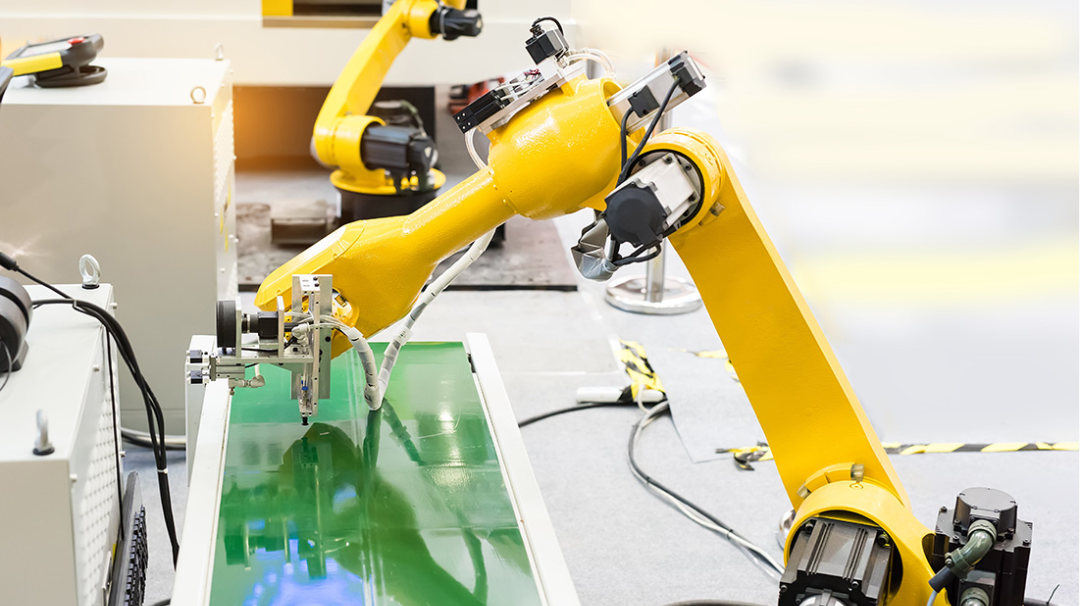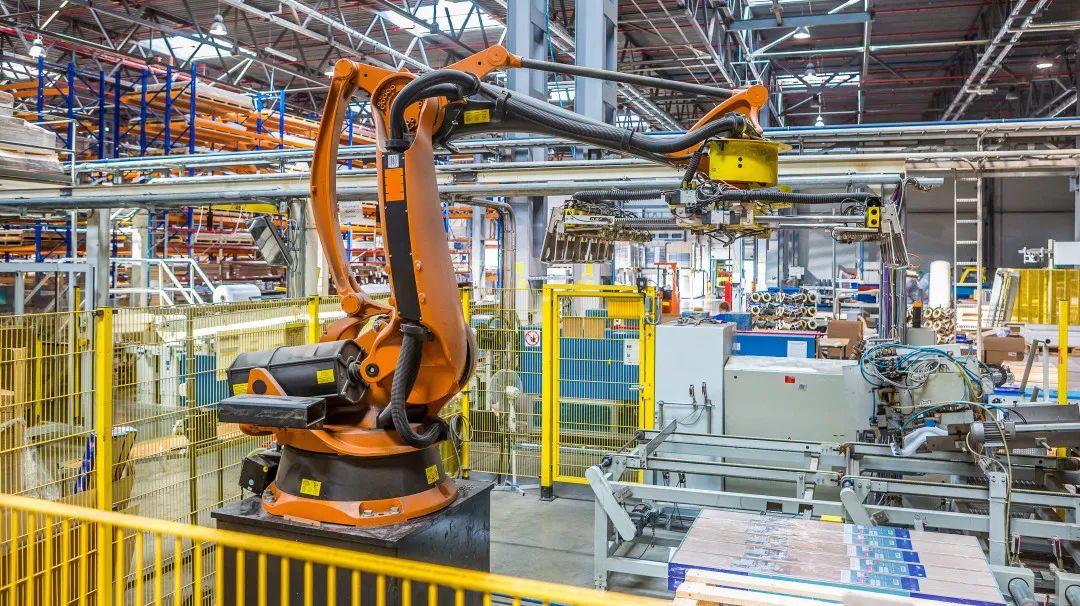In the "data is king" speed era, the importance of information data collection is self-evident. Sensors as the main components of data collection, carrying the important task of situational awareness, is the main way and means for people to obtain natural and production information. "To do a good job, we must first sharpen our tools", to build an intelligent manufacturing-led "Industry 4.0" model, to achieve more productive and high-quality production services than in any previous period, we need to start from the front-end of the equipment to enhance the ability to perceive.

Proximity switches, as a switch-type sensors, is essential in intelligent production, such sensors can be completed without contact with the equipment to open, close the action. In manufacturing equipment, the application of proximity switches as the core of the product detection programme, instead of limit switches and other contact detection methods, without contact with the detection object can be efficiently complete the detection work, effectively reduce the quality risk in the detection process, to ensure detection safety, no pollution, to ensure that the rate of yield; at the same time, it is possible to shorten the production cycle and improve production efficiency. In the field of industrial production, the figure of the proximity switch can be seen everywhere, including production line detection, stack height detection, liquid level detection and other manufacturing scenarios. At present, the more common types of proximity switches are: ultrasonic proximity sensors and photoelectric proximity sensors.

Ultrasonic Proximity Sensor
Ultrasonic proximity sensor, through echo detection technology and TOF measurement technology, can detect any object within 0.025~10m, and at the same time is compatible with objects of different materials, shapes, colours or concentrations, with excellent accuracy, flexibility, stability and reliability. It is capable of detecting solid, liquid, powder and even transparent objects, and the detection performance is not affected by the nature of the object's surface, which is rough or smooth, clean or dirty, wet or dry, etc. will not affect the detection accuracy. It has a wide range of applications, such as liquid level measurement, height measurement, distance measurement, bottle counting and so on.

Photoelectric Proximity Sensor
Photoelectric proximity sensor, is the use of the detected object on the light beam blocking or reflecting, by synchronising the circuit to connect the circuit, so as to detect the presence or absence of the object; the detected object is not limited to metal, all the objects that can reflect the light (or have a blocking effect on the light) can be detected. In the application scenario, the photoelectric proximity switch will be input current in the transmitter converted to light signals shot, the receiver and then according to the strength of the received light or the presence or absence of the target object detection, often used to count the number of robotic arm movement.
In recent years, driven by the rapid development of technology, in which the application of photoelectric proximity sensors is more mature, but by the impact of the industrial environment, may not be able to fully meet the needs of "Industry 4.0"; and ultrasonic proximity sensors with higher precision, greater flexibility, greater measurement range, very consistent with the industrial environment. Weather resistance needs, and its relatively low cost advantage, increasingly valued by the industrial sector.
In the future, with China's industrial manufacturing boom, is bound to drive the rapid growth of the proximity sensor industry, then, and see how the proximity sensors break through the first ring of intelligent quality control, "Industry 4.0" empowerment and efficiency!
Product Recommendation:Ultrasonic Proximity Sensor by Audiowell
Audiowell ultrasonic proximity sensors use ultrasonic measurement principle, can identify the movement of the surrounding target trajectory, in industrial production can be used for assembly line detection, liquid level monitoring, stack height detection, size measurement.









 Focus on us
Focus on us